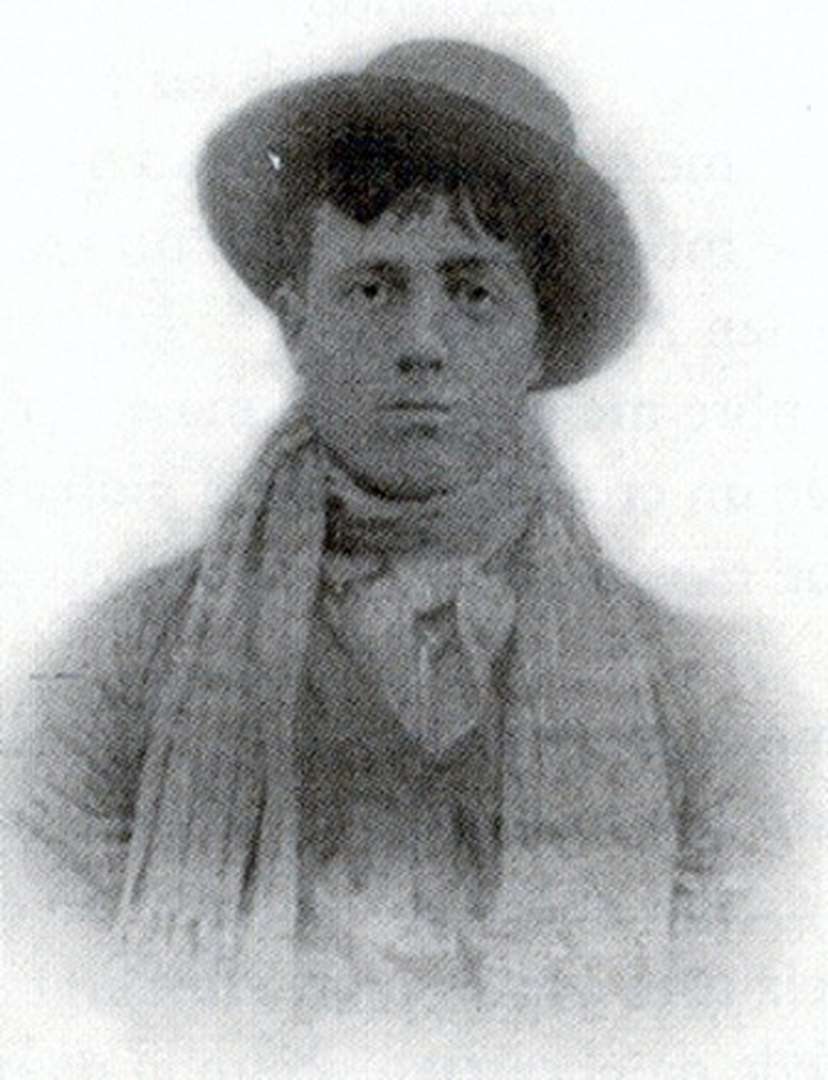Antonio Vargas Fernández (1846–1917), a Gitano from Jerez de la Frontera who was known as ‘Frijones’, is a central figure in the history of flamenco singing. Possessed of a unique musical personality, he is one of those responsible for what we know today as flamenco: a music with its origins in folkloric and popular elements upon which great figures such as Frijones made their stamp, turning it into a more elaborate genre with an unmistakable Roma nuance.
The Genius from Jerez de la Frontera: ‘Frijones’

The musical genius known as Frijones was a creative source for cantes1 in the soleá, siguiriya and tangos styles, creating models that form part of their basic structures.
Frijones was born in Jerez, the nucleus of Roma cante in the mid-nineteenth century. He was also related to other great figures at the heart of cante gitano,2 such as Mercé La Serneta, who was his first cousin. Antonio was stimulated by what he heard and experienced all around him and developed a musical concept which is recognisable in his creations. Later he became a professional and lived in Seville, where contact with other singers and ideas broadened his music, a fact that is evident in his later creations.
Frijones did not leave any recordings, but his music has been performed by the most celebrated artists.
Frijones did not leave any recordings, so we cannot know how he interpreted his own music, but his music has been performed by the most celebrated artists since the beginning of the twentieth century. These interpretations vary depending on the qualities of the performer, but all retain the personality that Frijones gave to his music: in general, they are short and emotionally charged cantes featuring characteristic arcs and melodic falls, containing all the expressivity of these specific styles. Although these melodies are brief, great dynamism and rhythmic mastery is needed to give them their expressive character – especially the ends of phrases and the closing parts of songs, which is where they are particularly emphasised.
The listener will be able to find the similarities between these and other cantes by his contemporaries, such as Enrique El Mellizo or La Serneta, who undoubtedly influenced Frijones. However, this is part of the melodic richness of cante gitano with all its nuances that the performers contribute based on common elements.
Manuel Torre knew and was an admirer of Frijones. He recorded some of his styles at the beginning of the twentieth century. Here we can listen to the first of the styles known as soleá, recorded in 1909:
The first of the styles known as soleá, recorded in 1909: External link

A few years later, in 1914, Pastora Pavón recorded it too: External link

The second of his creations in the soleá style is the best known of all. It has remained a reference point for this style of cante from Jerez. We can hear its evolution through the performers who have interpreted it. In the first recording, dating from 1914, Pastora Pavón makes it short and reduces the melody to the characteristic arcs.
Second style of his creations in the soleá style, sung by Pastora Pavón, 1914: External link

Her own brother Tomás Pavón reinterprets it three decades later in 1947, lengthening the phrases and holding the melody. In so doing he created a new model for this cante.
Reinterpretation by Tomás Pavón, 1947: External link

The third of the styles attributed to Frijones is another emotional whiplash, for here too it contains the characteristic melodic fall. Pastora Pavón recorded it in 1933, reflecting the brevity and emotion that Frijones himself would have expressed.
Third style, Pastora Pávon, 1933: External link

The fourth soleá style is probably the last by Frijones, and reuses elements of the previous styles and of other cantes. Pastora Pavón recorded it in 1914 and Antonio Mairena more recently in 1974:
Fourth Soléa Style, Antonio Mairena, 1974: External link

Antonio Mairena himself commented,
‘Frijones had something very beautiful, like a drop of perfume that did not resemble any other [...] pure essence that enhanced every cante it filled.’
This is evident in the cante attributed to him in the siguiriya style and which is nothing more than a reinterpretation of Paco la Luz’s cante from Jerez. Here it can be heard in a recording by Ramón Medrano dating from 1971:
Cante in the siguiriya style, Ramón Medrano, 1971: External link

He proceeded in a similar manner for the cante in the tangos style, giving them an intermediate rhythm somewhere between the music of tientos and that of tangos. Once again his personal idiosyncrasy comes through clearly:
Cante in the tangos style: External link

This style has passed into to the annals of flamenco thanks to two of the greatest flamenco performers of all time: La Niña de los Peines and Antonio Mairena.
The contributions made by Antonio Vargas ‘Frijones’ to flamenco are fundamental to the music – significant elements in the evolution of the art form and representative of the musical wealth of the Roma flamenco culture.
Rights held by: Gonzalo Montaño Peña (text) — Rosamaria K. Cisneros (translation) | Licensed by: Gonzalo Montaño Peña (text) — Rosamaria K. Cisneros (translation) | Licensed under: CC-BY-NC 3.0 Germany | Provided by: RomArchive



